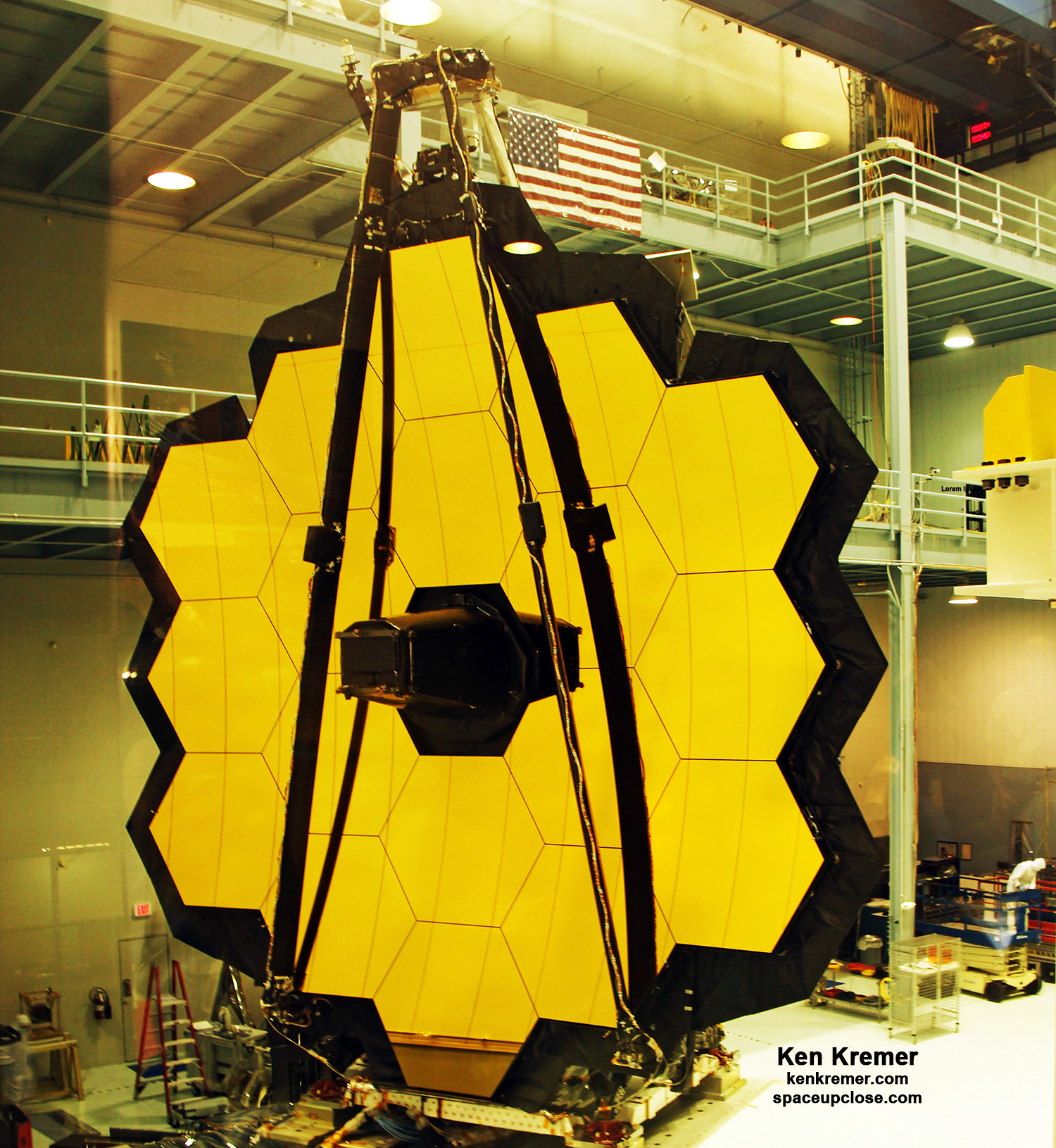
For SpaceUpClose.com & RocketSTEM
CAPE CANAVERAL, FL – NASA’s James Webb Space Telescope (JWST) has at last fully unfurled from its origami like prelaunch state after engineers successfully completed the last major deployment Saturday, Jan. 8, and swung open the last of two three segment side wings to wholly unfold and lock in place its 21-foot (6.5 m) gold-coated primary mirror and successfully complete the final stage of all major spacecraft deployments to prepare for groundbreaking science operations to unveil the Universe’s first light.
The complex deployment of the primary mirror took place while the $10 Billion telescope was traveling over 650,000 miles from Earth on the way to its final operational destination at a unique orbital perch at the L2 Lagrange point a million miles (1.5 million km) from the Home Planet – and 14 days after the Christmas morning liftoff.
“Today, NASA achieved another engineering milestone decades in the making. While the journey is not complete, I join the Webb team in breathing a little easier and imagining the future breakthroughs bound to inspire the world,” said NASA Administrator Bill Nelson.
“The James Webb Space Telescope is an unprecedented mission that is on the precipice of seeing the light from the first galaxies and discovering the mysteries of our universe. Each feat already achieved and future accomplishment is a testament to the thousands of innovators who poured their life’s passion into this mission.”
“#NASAWebb is fully deployed! With the successful deployment & latching of our last mirror wing, that’s: 50 major deployments, complete. 178 pins, released. 20+ years of work, realized. Next to #UnfoldTheUniverse: traveling out to our orbital destination of Lagrange point 2!” NASA tweeted.
#NASAWebb is fully deployed! 🎉
With the successful deployment & latching of our last mirror wing, that's:
50 major deployments, complete.
178 pins, released.
20+ years of work, realized.Next to #UnfoldTheUniverse: traveling out to our orbital destination of Lagrange point 2! pic.twitter.com/mDfmlaszzV
— NASA Webb Telescope (@NASAWebb) January 8, 2022
The Webb deployments were carried out by the Mission Operations Center ground control at the Space Telescope Science Institute in Baltimore, MD.
They began the deployment of the second of two three-segment side panels of the mirror Saturday morning at 8:53 a.m. EST.
The primary mirror side wing deployment event and all the action was broadcast live on NASA TV with much informative commentary.
Overall It took some four and a half hours to fully extend, lock and latch the starboard right-side wing in place at 1:17 p.m. EST.
“Once it extended and latched into position at 1:17 p.m. EST, the team declared all major deployments successfully completed,” NASA officials announced.
“#NASAWebb completed all of its major deployments & is ready for its next steps! #UnfoldTheUniverse,” NASA tweeted with photos from Mission Control!
#NASAWebb completed all of its major deployments & is ready for its next steps! #UnfoldTheUniverse More 📷 https://t.co/n9v3La32ic pic.twitter.com/rEFW26lpaI
— NASA HQ PHOTO (@nasahqphoto) January 8, 2022
Congratulations and Thank You’s poured in world-wide!
“I am so proud of the team – spanning continents and decades – that delivered this first-of-its kind achievement,” said Thomas Zurbuchen, associate administrator for the Science Mission Directorate in NASA Headquarters in Washington.
“Webb’s successful deployment exemplifies the best of what NASA has to offer: the willingness to attempt bold and challenging things in the name of discoveries still unknown.”
Unfolding of the two primary mirror wings marked the final major deployment step.
The first of the two wings was successfully deployed on Friday, Jan 7.
The port or left-side wing was unfolded during a process that also took several hours. Then the team took a pause until Saturday to complete the primary wing alignment swing into place
The two side panels were folded back for launch so the observatory could fit inside the nose cone pf the Ariane 5 carrier rocket.
Each wing holds three of the observatory’s 18 hexagonal, gold-coated mirror segments.
“Final wing is now deployed! Short celebration, but we’ve still got work to do. Engineers are working to latch the wing into place, a multi-hour process. When the final latch is secure, #NASAWebb will be fully unfolded in space.”
Final wing is now deployed! Short celebration, but we’ve still got work to do. Engineers are working to latch the wing into place, a multi-hour process. When the final latch is secure, #NASAWebb will be fully unfolded in space. #UnfoldTheUniverse More 📷 https://t.co/n9v3La32ic pic.twitter.com/Mng79UTPRT
— NASA HQ PHOTO (@nasahqphoto) January 8, 2022
Webb is a robotic mission and will function as a cosmic time machine peering back to nearly the beginning of time to see first light and explore the formation of the first stars and galaxies in our Universe in infrared light.
Its been an intense period of deployments since the Christmas morning launch.
Webb has about another 4 1/2 months of setup and spacecraft and instrument commissioning still to come.
The next step is engineers will now command the 18 primary mirror segments to be move forward a few millimeters and release them from launch lock configuration so they can then be aligned to setup the telescope optics.
The ground team will command 126 actuators on the backsides of each of the 18 segments to flex each primary mirror hexagon – an alignment that will take several months to complete.
They will also calibration each of the four state-of-the-art science instruments. After that, Webb will deliver its first images from each of the four instruments.
Before the science instruments can be commissioned that also need to be completed cooled to their operating temperature which will take about 4 and a half months, NASA Goddard told Space UpClose.
Previously, the tripod assembly holding the observatory’s secondary mirror successfully unfolded and latched to deploy the 2.4-foot (0.74-meter) mirror into place on Jan. 5 – which is essential for reflecting light from the distant Universe gathered by the primary mirror into the powerful science instruments so it can peer back to observe and investigate nearly the beginning of time.
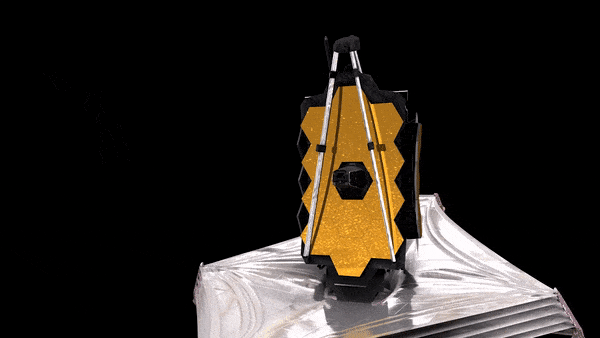
Before that mission controllers with NASA’s James Webb Space Telescope (JWST) had successfully completed the deployment, separation and tensioning of the observatory’s massive five-layered sunshield to pull them completely taut into final operational position on Jan. 4 – which was considered as the most riskiest of actions of the telescopes entire month-long extremely complicated unfolding sequence following the Christmas morning launch, Dec. 25, 2021, a week and a half ago.
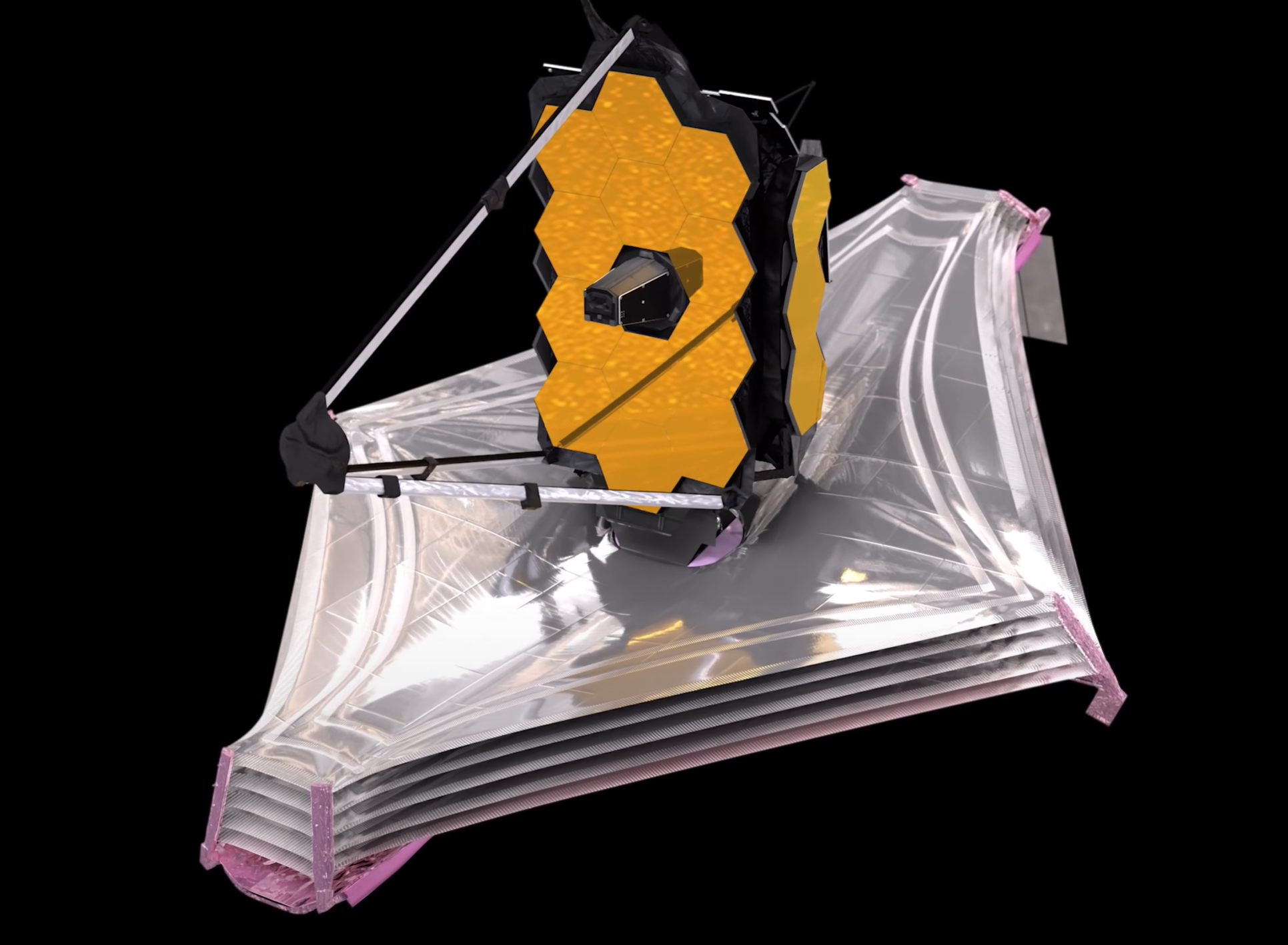
This NASA video details the complex deployment sequence of JWST post launch remotely controlled from Earth:
Video Caption: Engineers on the ground will remotely orchestrate a complex sequence of deployments in the hours and days immediately after the launch of the James Webb Space Telescope. This animation shows the nominal sequence for these deployments. Music Credit: Universal Production Music “Connecting Ideas Instrumental” Credit: NASA’s Goddard Space Flight Center
The giant school bus sized and nearly 6.8-ton (6.2-metric ton) infrared observatory has huge ambitions – despite being billions over budget and years behind schedule and faced down cancellation from short-sighted budget cutters in Congress.
It seeks to ask and answer the big questions – Who we are? How did we come to be? by looking back to the birth of the Universe.
I observed JWST many times while under construction at NASA Goddard Spaceflight Center in Greenbelt, MD, to observe assembly of the primary and secondary mirrors onto the observatory backbone structure at various points
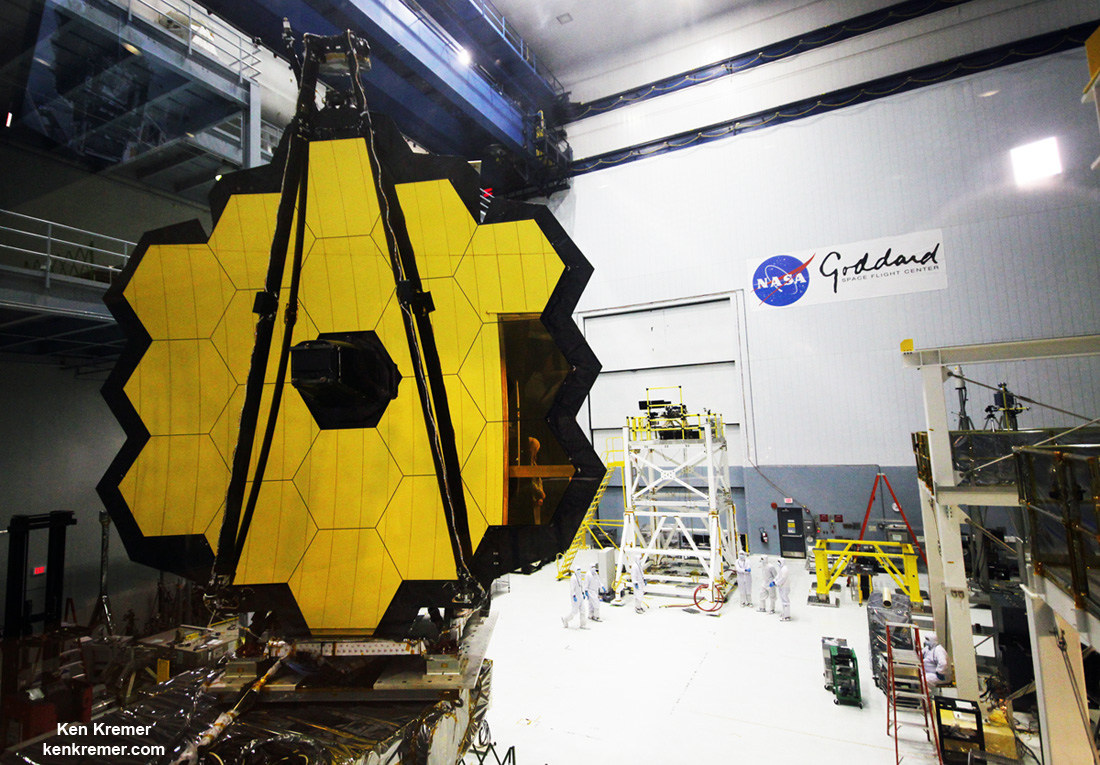
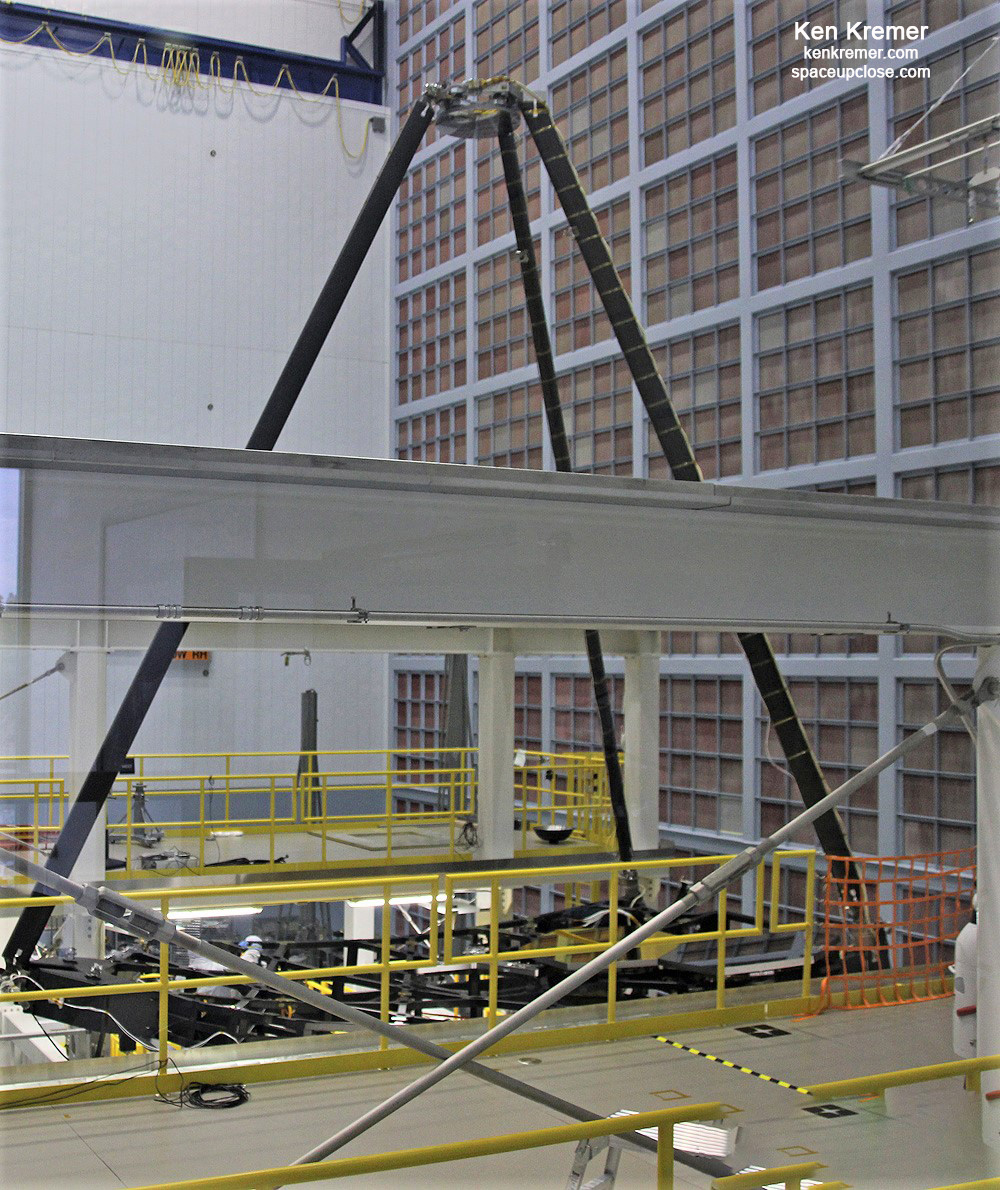
The $9.8 Billion Webb observatory – intricately folded up like origami inside the nose cone – launched at 7:20 a.m. EST (9:20 a.m. GFT / 1220 GMT / 13:20 CET). Saturday, Dec. 25, on a 55 m (180 ft) tall Arianespace Ariane 5 rocket from Europe’s jungle Spaceport at the ELA-3 launch complex in Kourou, French Guiana, on the northeastern coast of South America.
Webb is a joint effort between NASA, ESA (European Space Agency) and CSA (Canadian Space Agency).
JWST is the largest, most powerful and most complex space telescope ever built.
It is also the most expensive science instrument ever costing nearly $10 Billion
It will operate in a halo orbit at the L2 Lagrange point approx. 1 million miles (1.6 million km) from Earth after liftoff and about a 1-month journey.
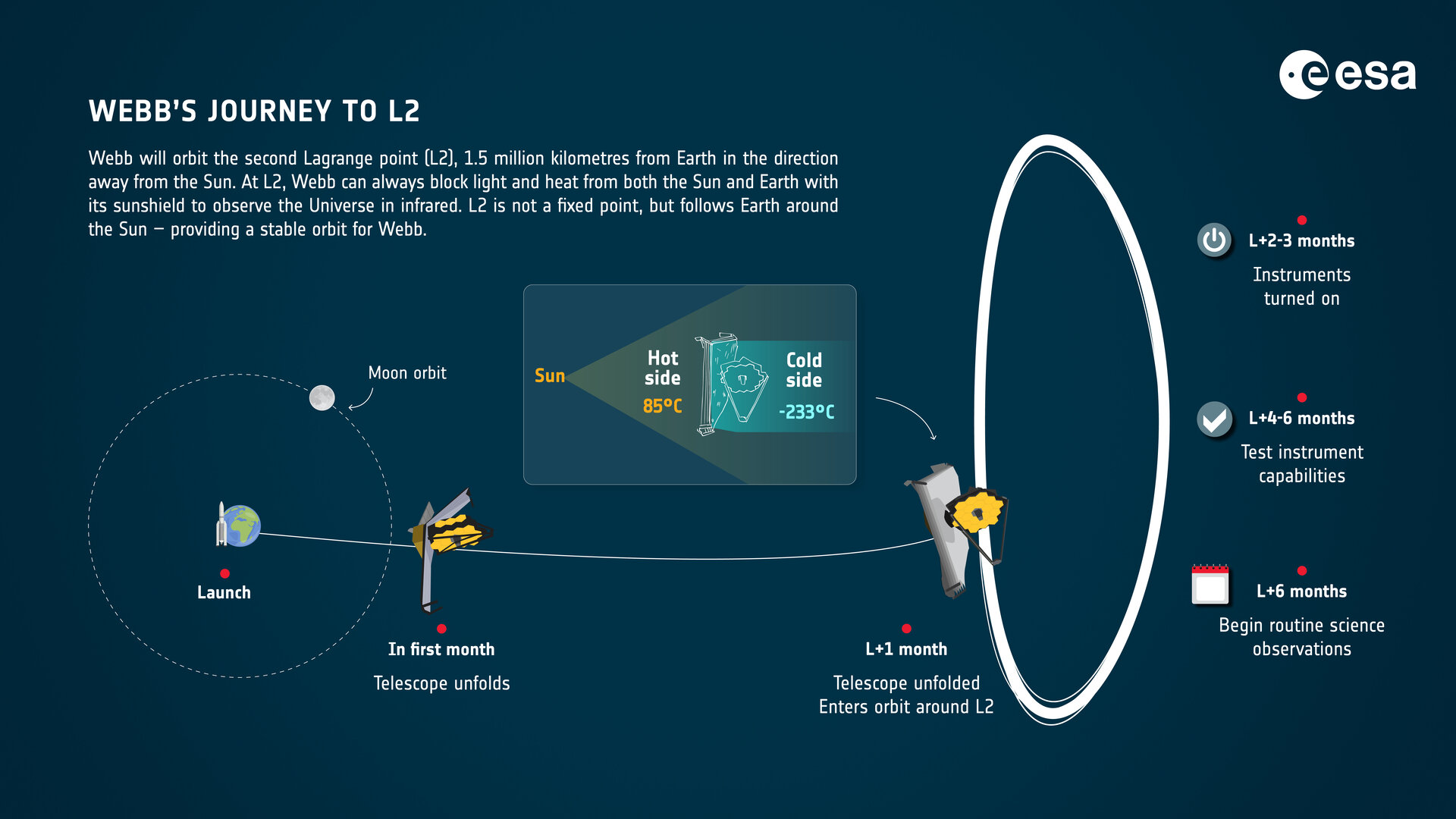
It will serve as the scientific successor to NASA’s world famous and phenomenally successful Hubble Space Telescope (HST) and is 100 times more sensitive.
“The James Webb Space Telescope represents the ambition that NASA and our partners maintain to propel us forward into the future,” said NASA Administrator Bill Nelson.
“The promise of Webb is not what we know we will discover; it’s what we don’t yet understand or can’t yet fathom about our universe. I can’t wait to see what it uncovers!”
Webb is in many respects a time machine looking back to the formation of the Universe about 13.8 Billion years ago and how we came to be and evolve over the eons.
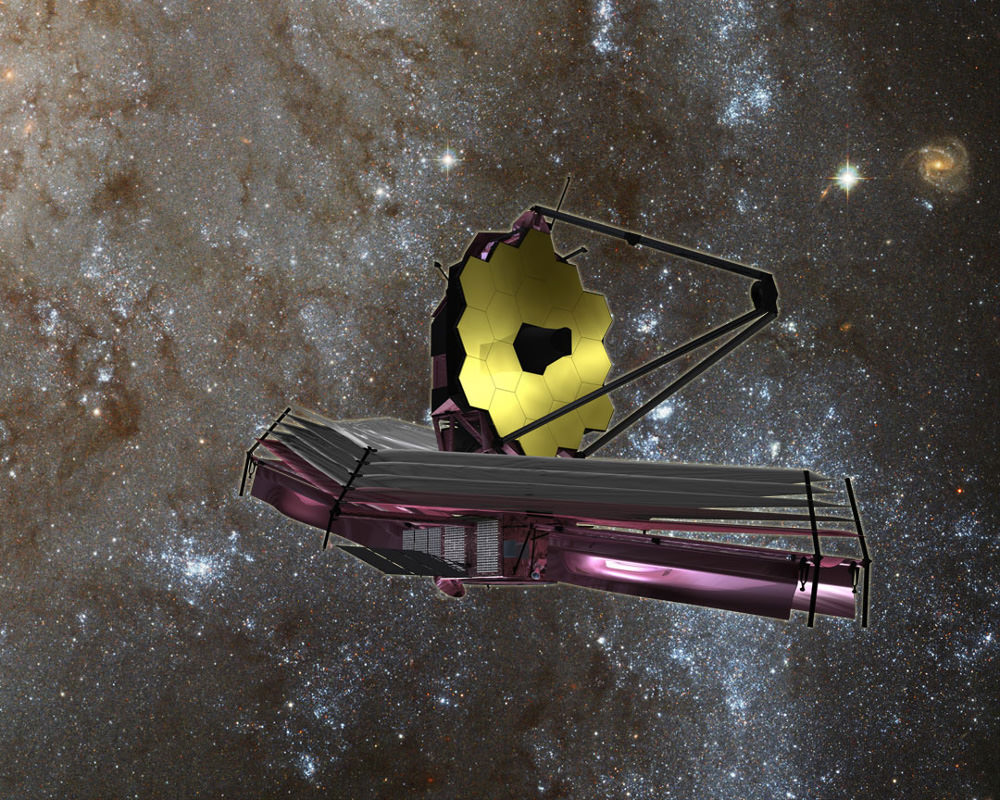
Watch this space for my ongoing reports on JWST mission and science.
Watch Ken’s continuing reports about JWST, IXPE, DART, SpaceX Crew and Cargo Dragons, Artemis, SLS, Orion and NASA missions, Lucy Asteroid mission, SpaceX Starlink, Blue Origin and Space Tourism, Commercial Crew and Starliner and Crew Dragon and onsite for live reporting of upcoming and recent SpaceX and ULA launches including Crew 1 & 2 & 3, ISS, Solar Orbiter, Mars 2020 Perseverance and Curiosity rovers, NRO spysats and national security missions and more at the Kennedy Space Center and Cape Canaveral Space Force Station.
Stay tuned here for Ken’s continuing Earth and Planetary science and human spaceflight news: www.kenkremer.com –www.spaceupclose.com – twitter @ken_kremer – email: ken at kenkremer.com
Dr. Kremer is a research scientist and journalist based in the KSC area, active in outreach and interviewed regularly on TV and radio about space topics.
………….
Ken’s photos are for sale and he is available for lectures and outreach events
Please consider supporting Ken’s work by purchasing his photos and/or donating at Patreon:
https://www.patreon.com/kenkremer
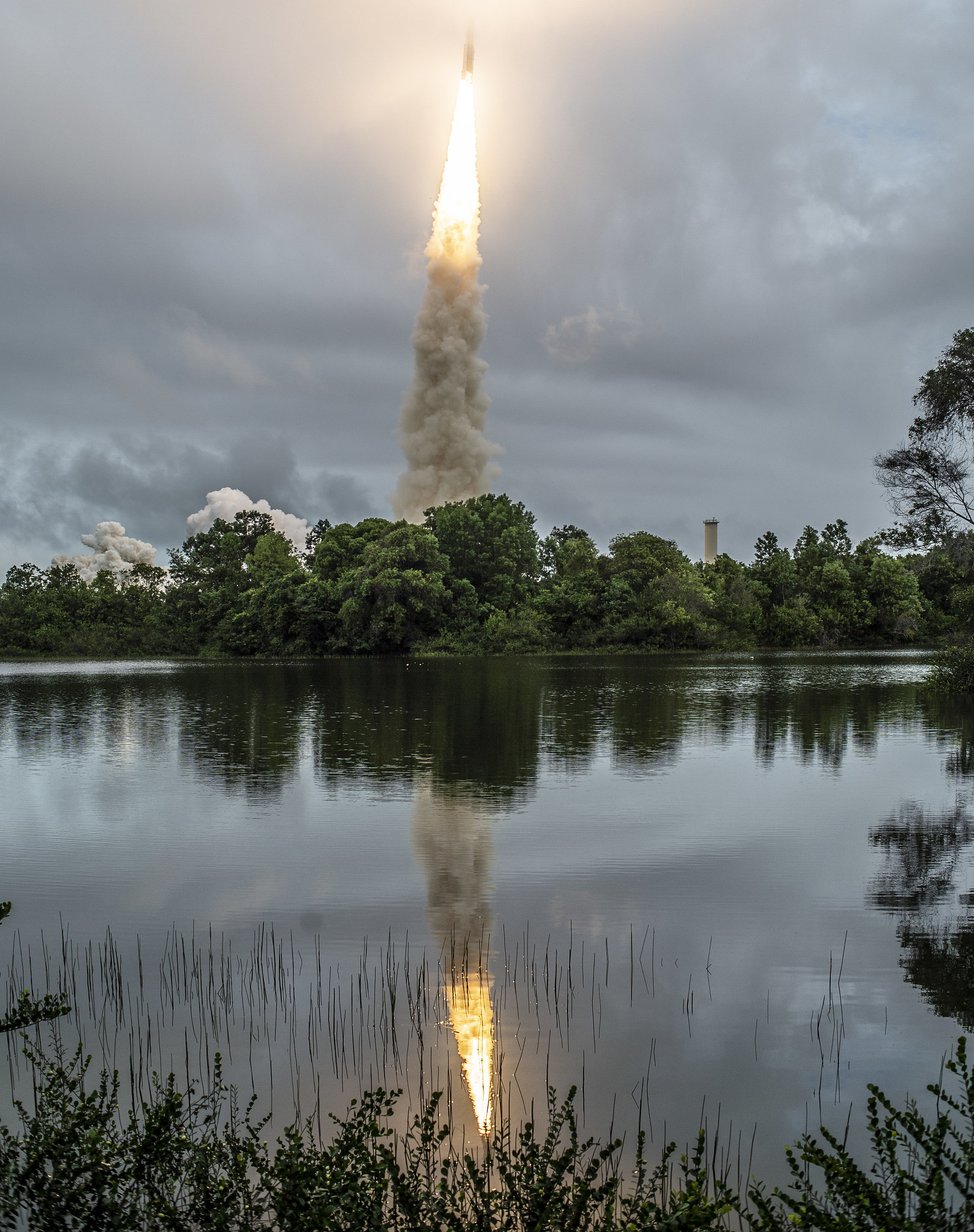
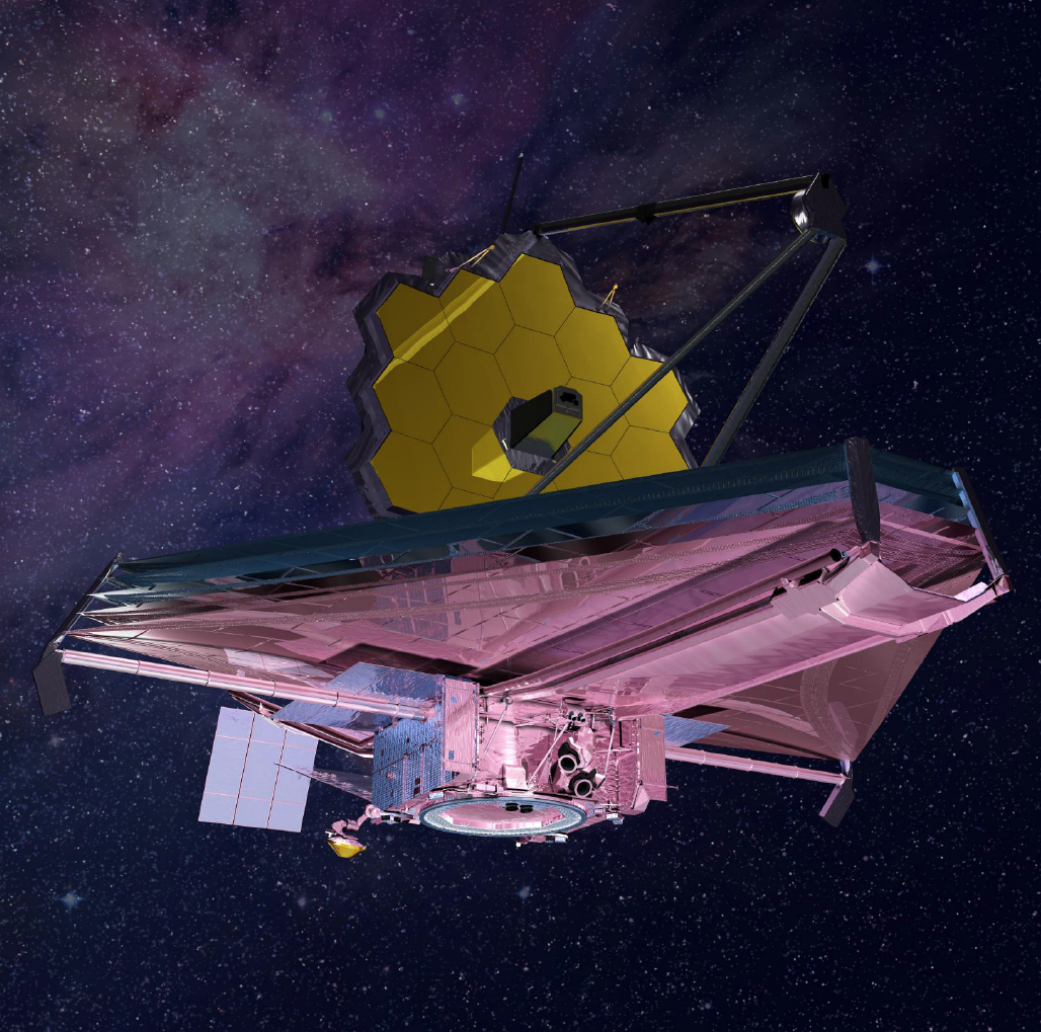
x



